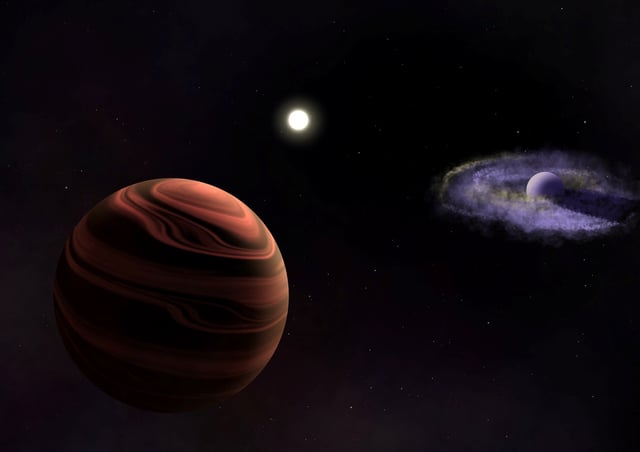Overview
- Silicate clouds in YSES-1c’s atmosphere produce the strongest silicate absorption feature seen in an exoplanet and may precipitate iron rain.
- A circumplanetary disk detected around YSES-1b could serve as a nursery for moon formation in a 16.7-million-year-old system.
- The YSES-1 system hosts two gas giants several times larger than Jupiter orbiting a sun-like star 309 light-years away, both still in formation.
- Webb’s Near Infrared Spectrograph captured both exoplanets in a single exposure, yielding the most detailed multi-planet spectral dataset to date.
- These observations deepen understanding of atmospheric composition and satellite formation, informing models of solar system origins.


